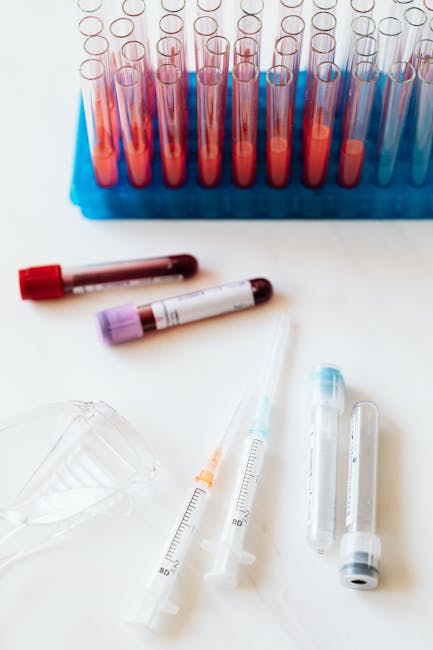What Almost No One Knows About
 Information on Selecting the Right Type of Laboratory Container
Information on Selecting the Right Type of Laboratory Container
When conducting scientific analysis, medical testing, or chemical research, deciding on the suitable lab vial is crucial. Dissimilar containers have unique sealing mechanisms, heat resistance qualities, and compatibility with various analytical techniques. This guide will explore some common lab vial options and how to judge which one is best for your application. View here for more info on this product.
0 Picture Gallery: What Almost No One Knows About
One container type that is rather simple yet versatile is the screw-top vial. As the moniker indicates, these vials feature a threaded lid that securely screws onto the opening. Screw-top vials are compatible with an extensive variety of chemicals and solvents. Their sealing mechanism effectively prevents spillage during storage, transportation, and centrifugation. However, screw threads can become damaged after many uses of opening and closing. Click here for more helpful tips on this company.
For applications requiring frequent access without risk of cross-contamination, snap-top vials are an excellent choice. Unlike screw-tops, their secure press-fit covers can be swiftly and easily opened and shut. This makes snap-top vials well-suited for high-volume screening in biotechnology and automated sampling systems. However, their seals are not as durable as screw-threaded versions and may leak more easily under pressure. This page has all the info you need.
When examining volatile or heat-delicate substances, crimp-top vials furnish an extremely secure seal without danger of degradation. Their aluminum seals are crimped solidly in position, safeguarding samples during lyophilization, HPLC, and GC-MS without employing adhesives or solvents. Yet, crimping devices are essential to access these vials. They also cannot be resealed once opened. See, this website has all the info you need to learn about this amazing product.
The kind of vial needed will depend on your exact application and analytical method. For microsampling, autosampler compatibility, or freeze-drying small amounts, contemplate shell or microsampling vials. When modifying sample concentration or moving between vessels, dilution vials are practical. By understanding the strengths and limitations of each vial type, you can select possibilities optimized for your experimental needs, maximizing precision, efficiency and accuracy of examination. With the proper vial, you’ll be ready to take your research or testing to the next level. Click here for more helpful tips on this company. Click here to get even more info on the subject!
To summarize, choosing the proper lab vial relies on factors like the analytical technique, sample type, and experimental needs. By comprehending the strengths and constraints of common vial types, one can select options optimized for precision and efficiency in their work. With the suitable container, you’ll be ready to advance research or testing to the next level. This website has all you need to learn more about this topic.
This post topic: Health Care & Medical